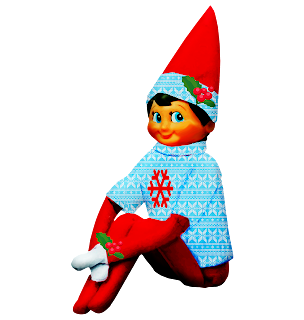It’s the third weekend of the month and so it’s time for another Book-To-Movie! In a Book-To-Movie, we review a work of prose fiction and its movie adaptation.
Horror and sci fi can go good with the holiday season, especially on cold winter nights like we’ve been getting here in the Sacramento Valley for the past couple of weeks. No snow but plenty of rain and cold, gray skies. But some of the best horror stories are set in snowy regions. This is the case with John Campbell’s classic novella “Who Goes There?”, more popularly known from its movie adaptations as “The Thing”. Campbell’s novella was first published in 1938 in "Astounding Science Fiction" magazine. Since then there have been three movie adaptations: “The Thing from Another World” (1951), director John Carpenter’s “The Thing” (1982) and Matthijs van Heijningen’s 2011 version also titled “The Thing”. While the two remakes fall short of Campbell’s original novella, mostly due to excessive gore overriding the story, not even the original movie adaptation has done it justice.
The Book: 'Who Goes There?'
John Campbell’s “Who Goes There?” is about an expedition in Antarctica that discovers an alien life form frozen in ice. It seems to be dead but when it thaws the expeditioners find out otherwise. It turns out that this monster from beyond our solar system can take the form of any person or creature it devours. To make things worse, if it is mutilated its severed body parts can reform into separate creatures that are just as dangerous as the original. The expeditioners have to come up with a way to find out which one of themselves the monster has taken the form of.Campbell’s novella is a very well-written, thought-provoking, frightening horror and sci fi story. The closed-in and cramped atmosphere of the scientific research base add to the paranoiac and claustrophobic tension. The characters are well-developed for a hard science fiction story and so a story that concentrates more on the scientific details of the phenomenon than the character development and interaction. However, because it is hard science fiction and unless you are well knowledgeable in scientific subjects, which I’m not except for the very basics from my college days, it can be easy to lose track of where the story is going and so you need to be willing to read it more slowly. Also, there are a few scene transitions that can be conveyed more clearly. But the story is clever, highly suspenseful and so makes perfect horror and sci fi reading for this or any time of the year.
 |
| Credit: Pixabay.com |
The Movie Adaptations
Before I go over the 1951 movie adaptation of the novella, I’ll be up front about the two remakes: I have not seen either. However, based on segments that I’ve watched from the two, they seem to be made more for gore exploitational purposes than for good story telling. Both of these movies do stay close to the novella to some degree, but the story development seems to be drowned out by the excessive spilling of blood and intestines. Yet, the 2011 movie seems to be a little more well-written and even features a female protagonist. The 1982 version, like the novella, does not have any female characters at all. That is, if you don’t count the talking computer in the movie that was voiced by “Swamp Thing” actress Adrienne Barbeau who was not even credited, according to IMDB. The 1951 movie at least featured a supporting female character as part of the expedition. |
While the characters are somewhat stale in the 1951 movie, the book’s characters are much more believable. So, this movie was far more simplified than the novella but still had its good share of suspense and its parts were well-balanced such as the violent and fast paced scenes with the slower paced ones. In other words, unlike the remakes with their excessive gore, the parts were integral to the whole. Still, it is not as suspenseful and terrifying as the novella.
If you’re looking for a truly chilling, winter Hallowday/deathly white Xmas tale for this time of year, read “Who Goes There?” by John Campbell. If you want a bit more of a Xmas-sy horror tale but something with not too much gore or violence, watch the novella’s original movie adaptation, “The Thing From Another World”. After all, it’s set in the North Pole only you won’t see Santa in it. If you don’t care how violent or gory your holiday horror and sci fi get, well, you know what to turn to.
Want more winter horror and sci fi reads? Check out my list of others. What’s been on your winter/holiday reading/viewing list this season?
Happy Hallowdays! And until next time . . .
 |
| Credit: Pixabay.com |
Comments
Post a Comment